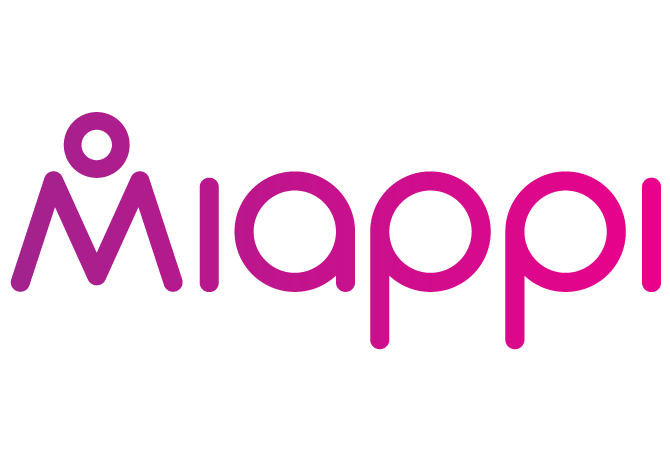Rise of the Micro-Influencers

What is a micro influencer?
By definition a micro influencer may not have tens of millions of followers, but they do have something which is often much more valuable – a real relationship and connection with their (admittedly smaller) audience.
Micro influencers vs. macro influencers – What’s the difference?
The distinction between macro influencers and micro influencers isn’t formalised, but ultimately it boils down to the amount of reach they have, and the kind of relationship they have with their audience.
Influencers often simply push out sponsored content and organic content while lapping up attention from millions. Micro-influencers have lower number of followers but they interact, promote products which dovetail with their personal interests. Therefore the interests of the people who follow them and are actively engaged with issues and ideas which revolve around the services or products they promote. They’re also much more affordable to work with. And the results of influencer marketing campaigns are much more cost effective and get higher engagement.
The Kardashian approach
An array of strategies has arisen to help small and big brands reach consumers without aggressive, traditional advertising. Today we’re especially interested in the harnessing of digital influencers. People may not want to look at advertising online, but something they absolutely want to look at is other people – especially if those other people are of particular interest to them.
This is what spawned the rise of the social media influencer. The most famous of whom have to be the members of the Kardashian/Jenner dynasty. Whether you love to love them or love to loathe them, there’s no denying that these reality stars have massive draw. Kim Kardashian became the 6th person to reach 100 million followers on Instagram in May 2017. Her little sister Kylie currently boasting 83.8 million (as of October 2017). Clearly influential, paying influencers of this magnitude to showcase your product in a post which reaches many millions is one sure-fire way to promote your brand somewhere consumers will see it.
Why Micro Influencers?
Typically micro influencers are individuals who have amassed a following which takes a personal interest in them. A micro-influencer’s following likely identifies with them in some way, whether they share interests (i.e. veganism, tattoos, longboarding), outlooks (politics, religion, body-positivity) or simply an aesthetic style. Unlike celebrities, these individuals usually feel as if they could be your friend. They are approachable. They are identifiable. They are human.
When such people endorse a product or service, therefore, it feels like a personal recommendation from someone you think is pretty cool. What could be more powerful than that?
Ignore the influencers, make way for the micro-influencers
But this isn’t a blog about the Kim Kardashians of this world. This is a blog about micro influencers. There are several problems with big celebrity influencers. Prohibitive cost is a major one. The Kardashian-Jenner alliance can reportedly earn over £100,000 per sponsored post. Although these rates are at the high end of the influencer price spectrum, most active influencers on social media now know their worth and charge accordingly.
There’s also the “burnout” effect to contend with. Consumers aren’t stupid. When we are being advertised to, we catch on pretty quickly. The Kardashians and their ilk have already taken flak from the likes of consumer watchdogs who take issue with unmarked sponsored posting. In 2016 an organisation called Truth in Advertising warned the Kardashian-Jenners that they would notify the FTC (Federal Trade Commission) of 100 unmarked sponsored posts which breached regulations stating that public figures must disclose their relationship with companies that pay them in return for a review or endorsement.
In a nutshell, big name influencers are very expensive and consumers are increasingly unimpressed by (and less trustful of) their use of sponsored advertising. They’re also difficult for the “everyman” or “everywoman” to identify with. For sheer reach, these individuals can make a huge impact, but when it comes to resonating with a consumer and triggering a purchase – they can fall short.
That’s where micro-influencers come in!
The Power of Micro Influencers in 2018 and in the future
There is a lot to be gained from taking the micro – influencer approach. The reason influencer marketing evolved in the first place boiled down to fatigue with impersonal, aggressive advertising and an emerging space for promotions with a more personal feel. While big influencer marketing may now feel just as impersonal as a TV advert, micro-influencers still have that real, personal touch.
The death of the ad
It’s little wonder, then, that traditional advertising is dying a death. Today the average jaded consumer has evolved a sort of “ad-blindness” in everyday life. How many of you automatically block out the first two (paid) results of your Google search without even realising? Exactly.
Even physical advertising like billboards has lost its power to the content we’re transfixed by on our phones as we navigate the world around us. This content will vary from individual to individual, but in every instance it’s content we have personally chosen to engage with – not aggressive advertising content which has been foisted upon us.
But in a world where consumers avoid advertising and ignore (or worse, actively dislike) the promotions which do reach them, how can brands and businesses promote themselves effectively?
Harnessing micro-influencing
So how can you make this effect work for your brand? There are plenty of ways to identify micro-influencers who speak to your target markets and to engage them with your campaign. From direct approaches, to dedicated tools and even agencies.
Once you’ve found and “hired” your micro-influencers, there’s also plenty of guidance out there regarding how IM affects buying behavior which resonates with followers and doesn’t compromise the micro-influencer’s integrity.
Squeeze the maximum value from your micro-influencing campaign
With all of those boxes ticked, it’s time to squeeze the maximum value from your micro-influencer campaign and get the biggest bang for your buck. That’s where tools like Miappi come in.
Our content marketing platform makes it incredibly easy to harness content from any channel, redistributing it to your website, your marketing emails, in-store displays and event screens and even integrating it into paid advertising to give it that more authentic touch.
While a social media post will disappear from consumers’ feeds in a matter of hours, tools like Miappi ensure it is displayed loudly and proudly in any location you choose – massively expanding the reach of your brand. In effect, Miappi gives your micro-influencer campaign a megaphone.
Want to try out our “megaphone” for yourself? Show off your most valuable digital assets with our content marketing platform. REQUEST A DEMO




